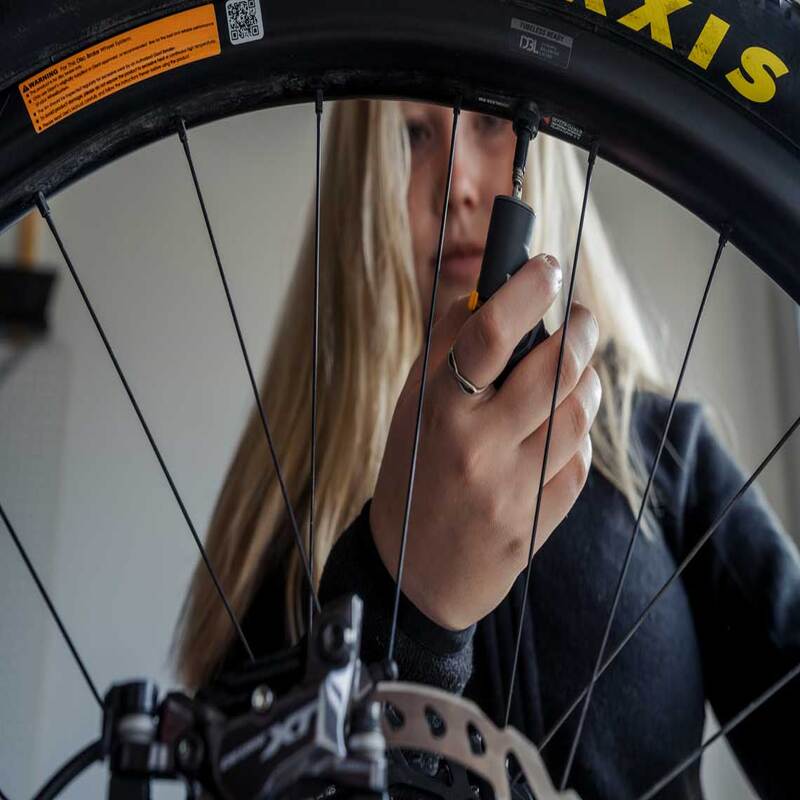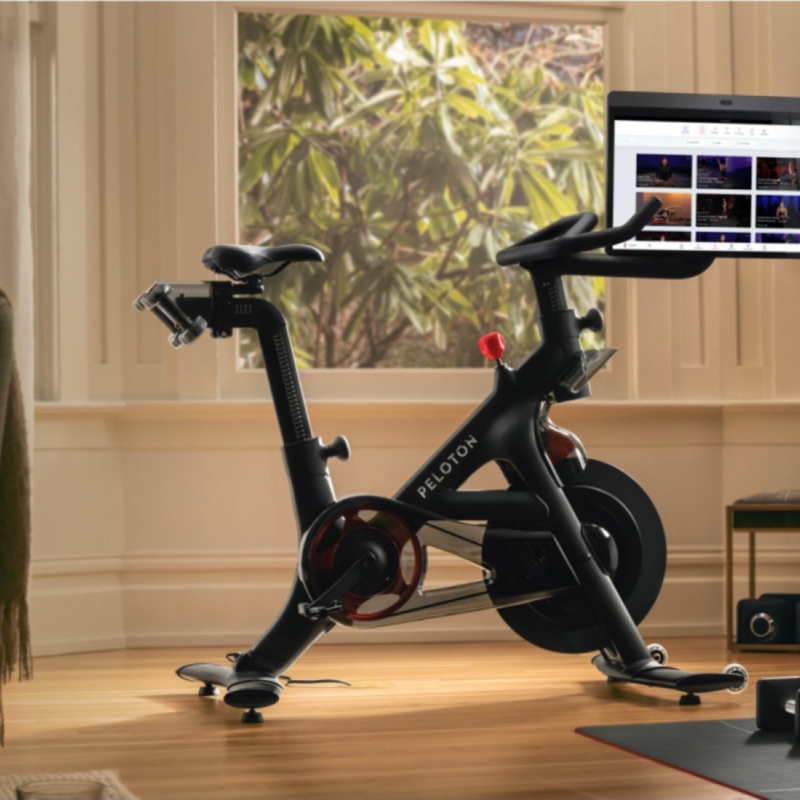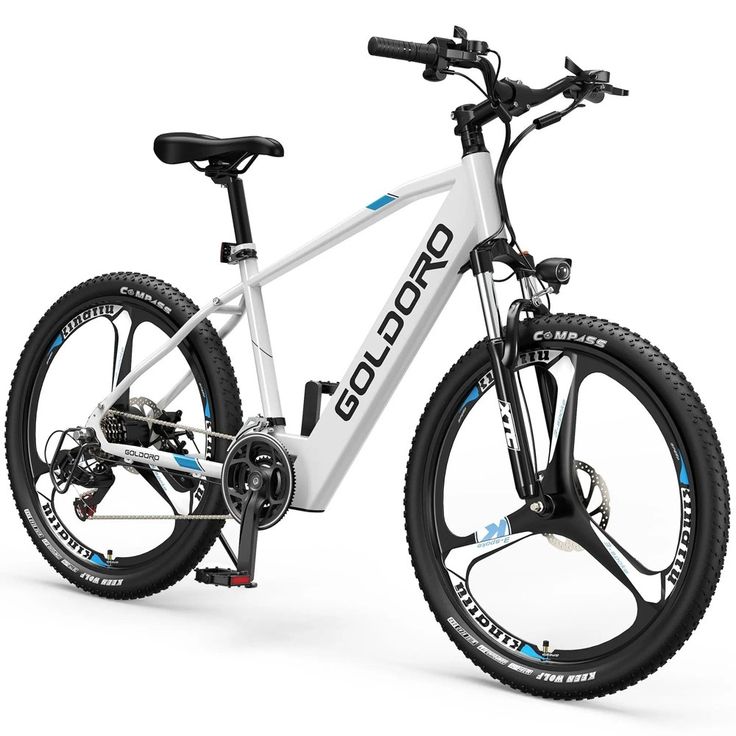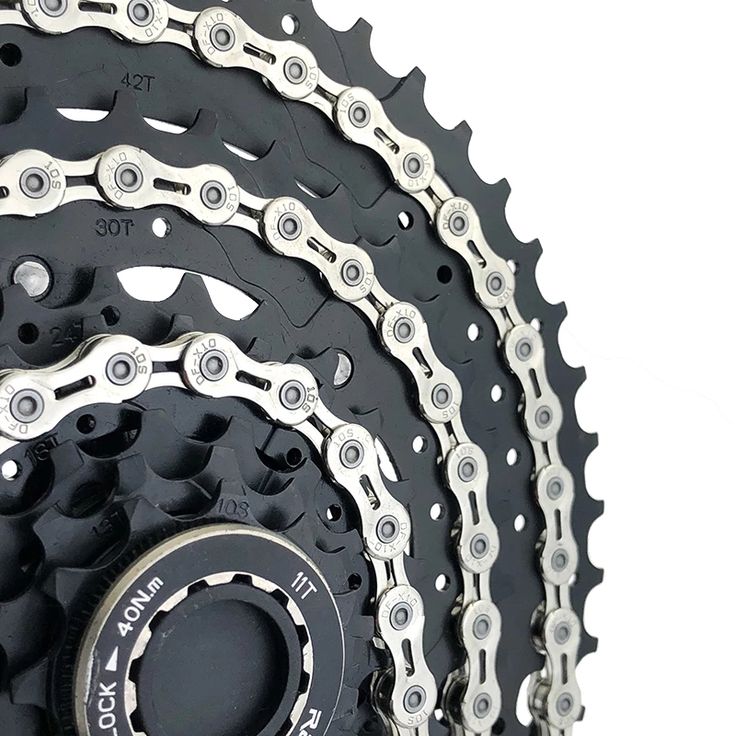Introduction: Why Tire Pressure Matters
Inflating your bike tires to the correct pressure might seem like a minor detail, but it can significantly impact your ride’s quality, efficiency, and safety. Proper psi ensures optimal contact between your bike tire and the riding surface, which affects several crucial aspects of your cycling experience. These aspects include rolling resistance, grip, comfort, and even the lifespan of your tires. Getting the pressure right can be the difference between a smooth, enjoyable ride and a bumpy, inefficient slog.
Factors Affecting Ideal Tire Pressure
Determining the optimal tire pressure for your bike involves considering several factors. A one-size-fits-all approach simply doesn’t work. Instead, you need to find the sweet spot that caters to your unique riding style, preferences, and equipment. Here are the key factors that influence ideal tire pressure:
Rider Weight
One of the most crucial factors is the combined weight of the rider and their gear. A heavier load requires higher tire pressure to support the additional weight and maintain tire shape. Conversely, lighter riders can often benefit from lower tire pressure. This lower pressure allows for more tire deflection, increasing the contact patch and enhancing grip and comfort.
Tire Volume and Width
Tire volume, often indicated by tire width, plays a significant role in determining optimal pressure. Wider tires with larger volumes can generally handle lower pressures compared to their narrower counterparts. This is because a larger air volume provides adequate support even at lower pressures. Wider tires at lower pressures offer a more comfortable ride with increased traction, particularly beneficial for off-road riding.
Riding Surface and Terrain
The type of surface you’re riding on heavily influences the ideal tire pressure. Rough, off-road terrain demands lower pressures to improve shock absorption and maintain grip over uneven surfaces. Lower pressures increase the tire’s contact patch, allowing it to conform to the terrain and provide better traction. Conversely, smoother surfaces like paved roads benefit from higher pressures, which minimize rolling resistance and enhance efficiency.
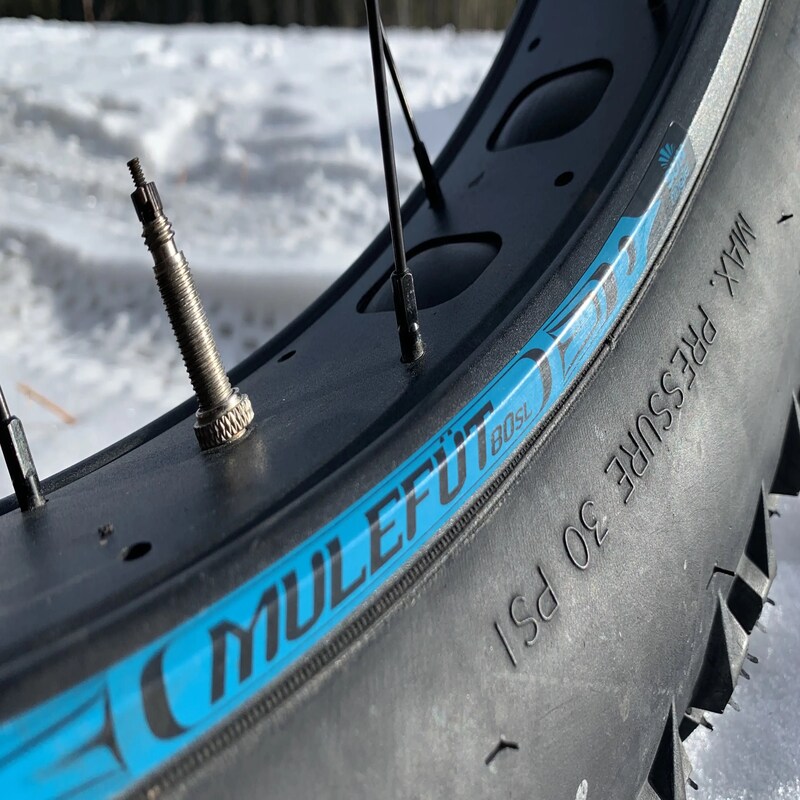
Finding Your Ideal Tire Pressure
General Guidelines
While there’s no magic number, these general guidelines can provide a starting point based on your weight and tire width. Keep in mind that these are estimates, and you should always refer to the manufacturer’s recommendations printed on the sidewall of your tire.
Road Bikes:
- Rider Weight under 150 lbs (68 kg): 80-100 psi (5.5-6.9 bar) for 23-25mm tires, 75-90 psi (5.2-6.2 bar) for 28-32mm tires.
- Rider Weight 150-180 lbs (68-82 kg): 90-110 psi (6.2-7.6 bar) for 23-25mm tires, 85-100 psi (5.9-6.9 bar) for 28-32mm tires.
- Rider Weight over 180 lbs (82 kg): 100-120 psi (6.9-8.3 bar) for 23-25mm tires, 95-110 psi (6.5-7.6 bar) for 28-32mm tires.
Mountain Bikes:
- Rider Weight under 150 lbs (68 kg): 25-30 psi (1.7-2.1 bar) for cross-country, 20-25 psi (1.4-1.7 bar) for trail, 18-22 psi (1.2-1.5 bar) for enduro.
- Rider Weight 150-180 lbs (68-82 kg): 30-35 psi (2.1-2.4 bar) for cross-country, 25-30 psi (1.7-2.1 bar) for trail, 22-27 psi (1.5-1.9 bar) for enduro.
- Rider Weight over 180 lbs (82 kg): 35-40 psi (2.4-2.8 bar) for cross-country, 30-35 psi (2.1-2.4 bar) for trail, 27-32 psi (1.9-2.2 bar) for enduro.
Fine-Tuning with Field Testing
While general guidelines offer a starting point, the best way to find your ideal pressure is through field testing. Here’s a simple method to dial in your pressure:
- Start with the recommended pressure range: Inflate your tires to the middle of the recommended range for your weight and tire width.
- Go for a test ride: Choose a familiar route with varying terrain and note how the bike feels. Pay attention to these factors:
- Comfort: Do the tires feel too harsh or too soft?
- Grip: Are you experiencing any slippage or loss of control in corners?
- Rolling resistance: Does the bike feel sluggish or fast?
- Pinch flats: Are you bottoming out the tire on bumps and obstacles?
- Adjust pressure in small increments: After your test ride, make small adjustments to the tire pressure based on your observations.
- Too Harsh: Decrease pressure by 2-3 psi (0.1-0.2 bar).
- Not Enough Grip: Decrease pressure by 2-3 psi (0.1-0.2 bar).
- Too Much Rolling Resistance: Increase pressure by 2-3 psi (0.1-0.2 bar).
- Pinch Flats: Increase pressure by 3-5 psi (0.2-0.3 bar).
- Repeat testing and adjustments: Continue to fine-tune the pressure in small increments until you find the sweet spot that provides the desired balance of comfort, grip, efficiency, and protection.
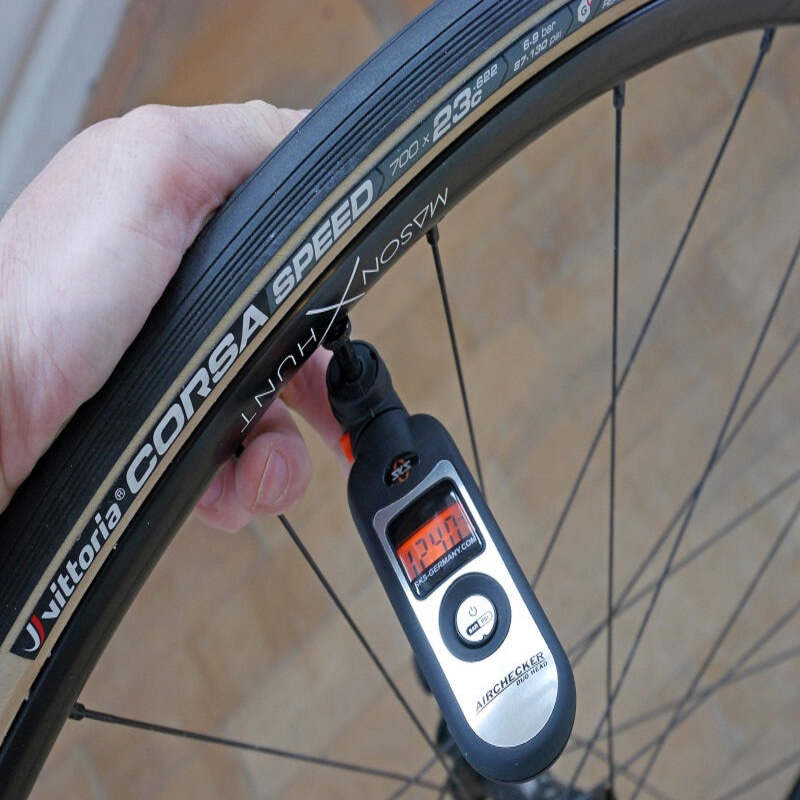
Additional Tips for Maintaining Optimal Tire Pressure
Use a Quality Pump with a Gauge
Invest in a reliable floor pump equipped with an accurate pressure gauge. A floor pump makes it easier to reach higher pressures, and the gauge allows you to fine-tune the pressure with precision. Avoid relying solely on gas station pumps, as their gauges are often inaccurate.
Consider Tubeless Tires
Tubeless tire systems offer significant advantages, including the ability to run lower pressures without the risk of pinch flats. This is because there’s no inner tube to pinch between the rim and tire. Lower pressures in tubeless systems translate to increased grip and comfort without sacrificing speed.
Experiment and Find What Works Best
Remember, finding the perfect tire pressure is an ongoing process. Don’t be afraid to experiment with different pressures to discover what feels best for you and your riding style. Keep a log of your pressure adjustments and ride impressions to track your progress and refine your ideal setup.
Consequences of Improper PSI
Reduced Performance
Riding on tires that are either over-inflated or under-inflated can severely affect performance. Under-inflated tires can create unnecessary resistance, which may lead to fatigue. Not only will it require more effort to pedal, but it will also diminish speed. Conversely, over-inflated tires can react too harshly to uneven surfaces. This can result in a less comfortable ride, causing strain over long periods. Therefore, maintaining proper pressure levels is crucial for enjoying a smooth cycling experience.
Increased Risk of Accidents
Improper tire pressure can also increase the risk of accidents, making it a safety issue. Over-inflated tires have a higher chance of blowouts, especially when riding on rough terrain. Meanwhile, under-inflated tires may lose traction. This loss can lead to skidding or slipping, especially in wet conditions. To improve both your performance and safety, regularly check and adjust your tire pressure. A few minutes spent on maintenance can prevent larger issues down the road.
Adjusting Your PSI of Bike Tire
How Often to Check
It’s recommended that cyclists check their tire pressure at least once a week. Depending on the frequency of use, some may need to check more often. Factors such as temperature and humidity can affect PSI levels. Therefore, aim to check before every ride. Doing so will help ensure a safe and enjoyable cycling experience. Additionally, if you notice frequent fluctuations, this may indicate a leak or another issue.
Best Practices for Inflation
When inflating your bike tires, use an appropriate pump. Floor pumps are generally more effective than hand pumps. Most floor pumps come with pressure gauges, allowing you to monitor PSI. Start by inflating gradually, checking the pressure frequently. This will help you reach the desired level without exceeding the maximum recommended PSI. Following these best practices ensures the integrity of your tires.
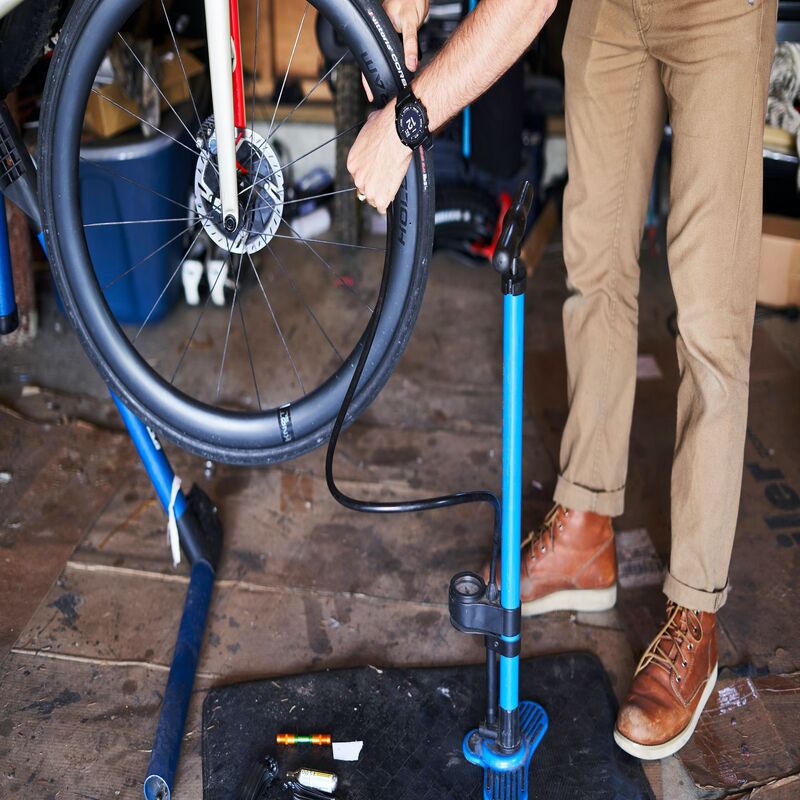
Conclusion: The Importance of Proper PSI of Bike tire
In summary, maintaining the correct PSI in your bike tire is vital for optimal performance and safety. Understanding what PSI means, and its significance helps you become a better cyclist. Factors such as rider weight and terrain play crucial roles in determining the ideal pressure levels. Moreover, regularly checking tire pressure protects you from performance issues and accidents.
As a cyclist, taking the time to understand tire maintenance is invaluable. It transforms your rides, allowing for better efficiency and enjoyment. Thus, make it a habit to check tire pressure regularly and maintain it according to your specific needs. The right PSI of bike tire not only enhances your cycling experience but also assures your safety on every journey.
